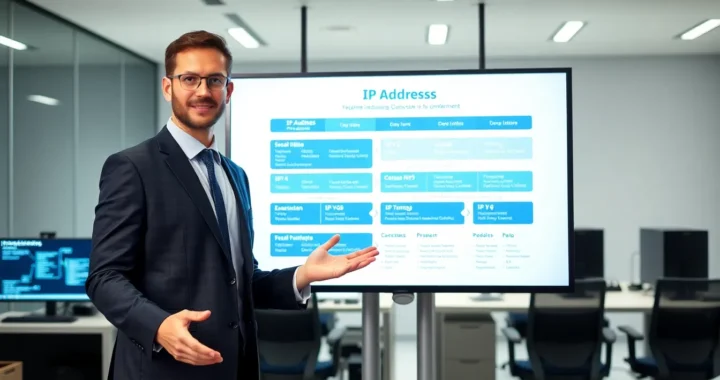
Streamlining Your Hiring Process: A Step-by-Step Guide
Attracting and retaining top talent is crucial for any organization. However, a cumbersome hiring process can lead to lost opportunities, increased costs, and a negative candidate experience. Streamlining your hiring process not only enhances efficiency but also improves the quality of your hires. Here’s a comprehensive guide to help you optimize your recruitment efforts.
1. Define Your Hiring Needs Clearly
Before embarking on the recruitment journey, define your hiring needs. Collaborate with hiring managers to identify the specific skills, experiences, and cultural fit required for the role. Creating a detailed job description is key – outlining responsibilities, required qualifications, and expectations. This ensures that everyone involved in the hiring process is aligned, reducing confusion and streamlining candidate evaluation.
2. Leverage Technology
Integrating technology into your hiring process can significantly enhance efficiency. Applicant Tracking Systems (ATS) can automate many aspects of recruitment, from posting jobs to filtering resumes. These systems allow you to track candidates throughout the hiring journey and can save time by quickly identifying qualified applicants based on predetermined criteria.
Moreover, consider using recruitment software such as Atlas UP that incorporates AI and machine learning. These tools can analyze candidate data, predict performance, and even enhance diversity by minimizing unconscious bias in the selection process.
3. Simplify Your Application Process
An overly complicated application process can deter potential candidates. Simplify your application by minimizing the number of required fields and allowing candidates to apply with a resume or LinkedIn profile.
Ensure that the application is mobile-friendly, as many candidates will access job postings through their smartphones.
A user-friendly application process not only attracts more applicants but also reflects positively on your company’s culture and values.
4. Implement Structured Interviews
Structured interviews enhance the consistency and fairness of your hiring process. Develop a standardized set of questions tailored to the role, focusing on both technical skills and behavioral competencies. This approach allows interviewers to evaluate candidates more objectively and reduces bias, making it easier to compare candidates.
Additionally, consider using a scoring system to assess responses. This quantifiable method helps in making data-driven decisions and facilitates discussions among hiring team members.
5. Engage in Collaborative Hiring
Collaborative hiring involves multiple team members in the recruitment process, promoting diverse perspectives and minimizing biases. Involve cross-functional teams in interviews and discussions about candidates to ensure that the selected individual is a good fit for the organization as a whole.
This collaborative approach also fosters a sense of ownership and accountability among team members, leading to better decision-making and improved candidate experiences.
6. Enhance Communication with Candidates
Effective communication is crucial throughout the hiring process. Keep candidates informed about their application status and next steps.
Automate communication through email templates for various stages, such as application received, interview invitations, and rejections.
Providing timely feedback, even to candidates who are not selected, helps maintain a positive relationship with them. This practice not only reflects well on your company’s brand but also encourages candidates to reapply in the future or refer others.
7. Utilize Assessment Tools
Incorporating assessment tools can further streamline your hiring process by objectively evaluating candidates’ skills. Consider using skills assessments, personality tests, or situational judgment tests relevant to the position. These tools provide valuable insights into candidates’ capabilities and fit for the role, helping you make informed decisions.
However, ensure that assessments are not overly time-consuming, as lengthy tests can deter candidates from completing the application process.
8. Focus on Employer Branding
A strong employer brand can significantly impact your hiring process. Invest time in showcasing your company culture, values, and employee experiences through various channels, such as your website, social media, and job postings. Highlighting employee testimonials, benefits, and career growth opportunities can attract top talent.
When candidates feel connected to your brand and resonate with your values, they are more likely to engage with your hiring process.
9. Streamline Onboarding
The hiring process does not end with the job offer. A smooth onboarding experience is essential for retaining new hires and integrating them into your organization effectively. Develop a structured onboarding program that covers essential training, introductions to team members, and company policies.
By ensuring that new employees feel welcomed and prepared from day one, you enhance their overall experience and improve retention rates.
10. Continuously Evaluate and Improve
Finally, regularly evaluate your hiring process for inefficiencies and areas for improvement. Collect feedback from candidates and team members involved in the recruitment process. Analyze metrics such as time-to-hire, candidate satisfaction, and quality of hire to assess your strategies’ effectiveness.
By being open to change and adapting your process based on feedback and data, you can create a more streamlined and effective hiring experience.
Conclusion
Streamlining your hiring process is essential in today’s fast-paced job market. By defining your needs, leveraging technology, simplifying applications, and engaging in collaborative hiring, you can enhance efficiency and improve candidate experiences. Remember, a streamlined hiring process not only attracts top talent but also sets the foundation for a successful organization. Embrace these strategies to create a hiring process that reflects your company’s values and fosters a thriving workplace.







